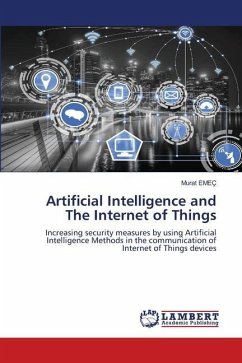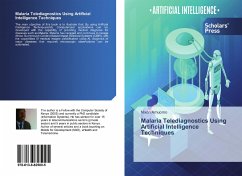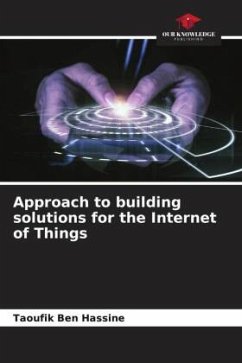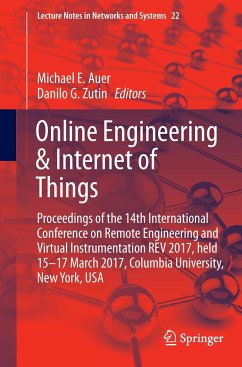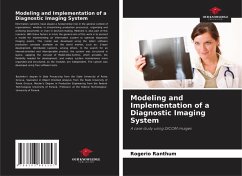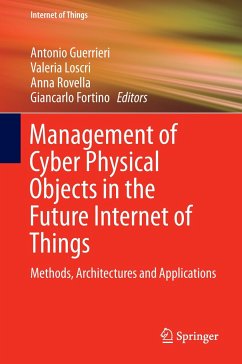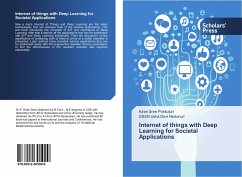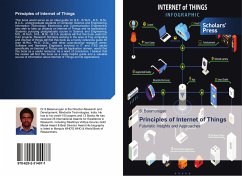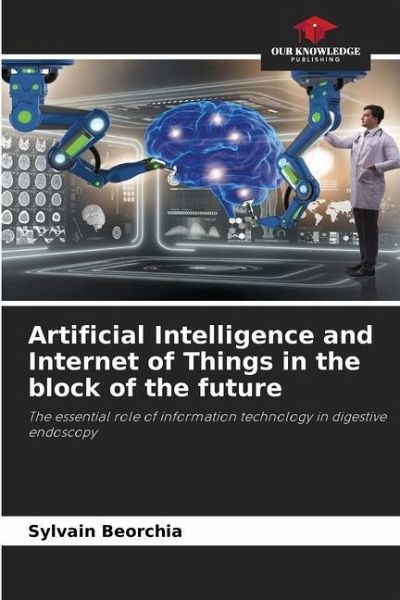
Artificial Intelligence and Internet of Things in the block of the future
The essential role of information technology in digestive endoscopy
Versandkostenfrei!
Versandfertig in 6-10 Tagen
27,99 €
inkl. MwSt.

PAYBACK Punkte
14 °P sammeln!
The arrival of computers in the operating room dedicated to diagnostic and interventional endoscopy has brought about profound changes in work. Image and video capture has also become more accessible. However, imaging is still confined to the operating room and must, in the future, be disseminated to the requesting department, the patient, the imaging server and be used for medical expertise of difficult cases. The arrival of artificial intelligence will facilitate the work of endoscopists by simplifying access to servers and the analysis of lesions observed by deep learning, as well as the au...
The arrival of computers in the operating room dedicated to diagnostic and interventional endoscopy has brought about profound changes in work. Image and video capture has also become more accessible. However, imaging is still confined to the operating room and must, in the future, be disseminated to the requesting department, the patient, the imaging server and be used for medical expertise of difficult cases. The arrival of artificial intelligence will facilitate the work of endoscopists by simplifying access to servers and the analysis of lesions observed by deep learning, as well as the automation of international classifications. The implementation of the Internet of Things should free us from IT and security constraints and allow us to use specialized software to follow the patient's journey from the operating room to the home. The endoscopic operating room of the future will have to make room for automated image analysis and voice feedback in a workspace where the use of the hand will remain, for the time being, limited to the endoscope handle.



